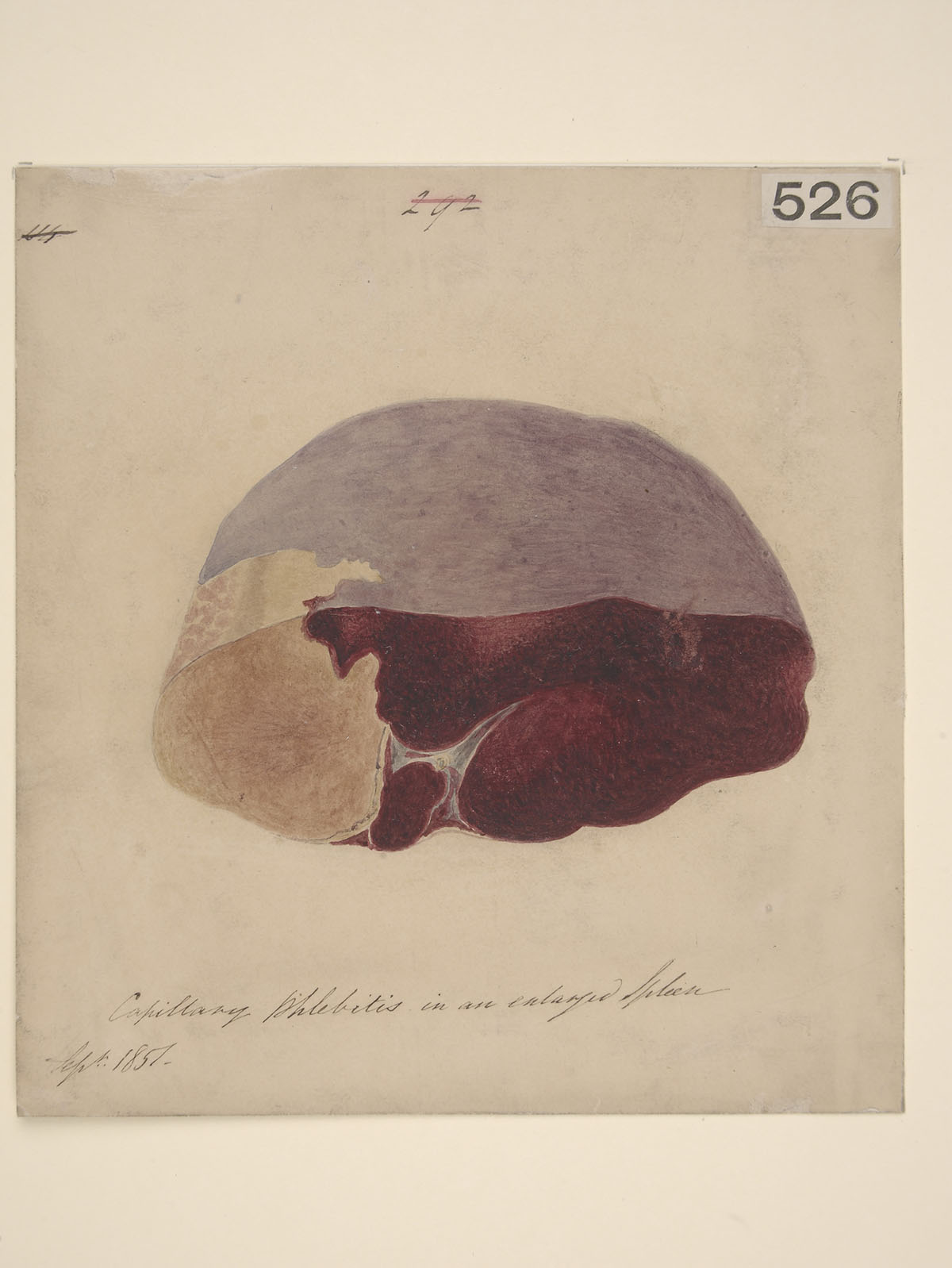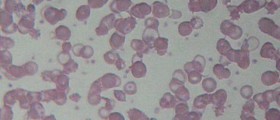
Spleen and Its Functions
The spleen is an abdominal organ located under the left part of the rib cage. The spleen is a part of the lymphatic system playing the significant role in fight against infection. Absence of spleen which occurs due to splenectomy or is a consequence of its rupture is predisposing factor to certain infections. This organ is in charge with removal of the old red blood cells and it also serves as a reservoir of blood in case of hemorrhagic shock. The spleen is also engaged in the process of iron recycling. One more function of the spleen is production of antibodies. This organ also serves as a reservoir of half of the body's monocytes. These blood cells are kept in the red pulp of the spleen.
The spleen is normally about the size of person's fist and it cannot be palpated unless it is enlarged. Enlarged spleen does not have to point to the presence of the medical condition. Sometimes over activity of the spleen leads to its transitory enlargement. Still, many medical conditions actually include enlargement of the spleen as one of the symptoms of the disease.
Causes of Enlarged Spleen
There are numerous causes of enlarged spleen. They include cirrhosis and other liver disorders, a variety of infections, abnormalities of the immune system and so on.
The spleen becomes bigger in many infections. This typically occurs in mononucleosis (a viral infection), toxoplasmosis (a parasitic infection) and may also be a consequence of bacterial infections such as endocarditis.
The second cause of enlarged spleen includes cancers. Leukemia, for example, is the malignant disease which typically features with enlarged spleen. Splenomegaly is also a characteristic of lymphomas.
Apart from the previously mentioned the spleen may enlarge in sercoidosis and similar inflammatory diseases and it may result from trauma and injury. Even secondary spread of many cancers may cause splenomegaly. In some cases enlargement of the spleen is caused by the presence of the cyst or an abscess. And finally, this organ may become bigger due to certain illnesses such as Gaucher's disease, amyloidosis and glycogen storage disease.
Symptoms of Enlarged Spleen
Splenomegaly is usually asymptomatic. This condition may cause inability of one to consume large meals, discomfort, pain and/ or fullness in the upper left side of the abdomen. General symptoms and signs of splenomegaly include fatigue, weight loss, frequent infections, increased susceptibility to bleeding, jaundice and anemia. Enlargement can be easily palpated by well-experienced doctor and it can be also visualized by ultrasound or CT scan of the abdomen.
Treatment for Enlarged Spleen
Patients suffering from enlarged spleen must avoid any activity which may cause its rupture. The goal of the therapy is to identify the underlying cause and treat it. This way the spleen will reduce in size. If left untreated splenomegaly may lead to serious complication. In some cases the enlarged spleen needs to be surgically removed.

















Your thoughts on this
Loading...